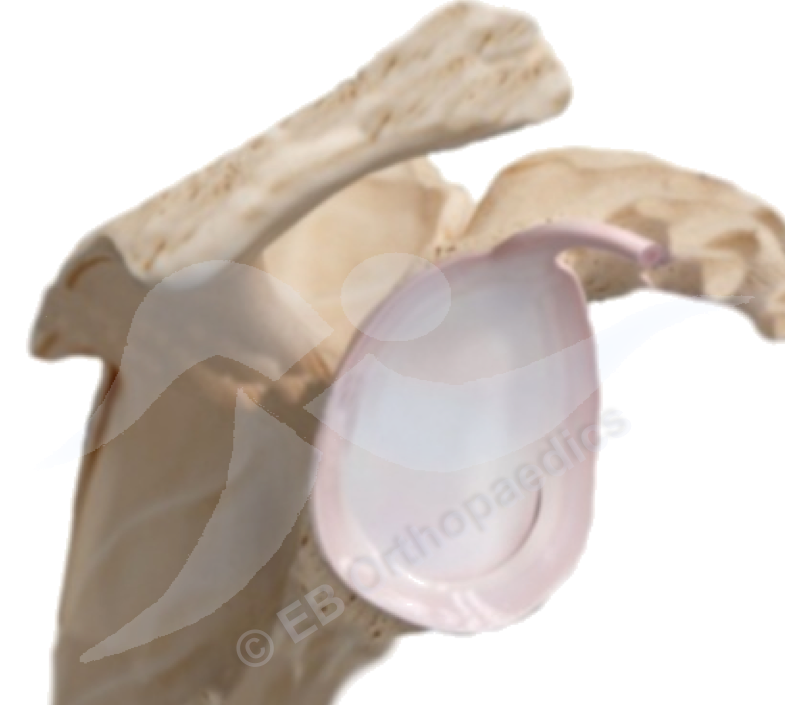Labral tears

The labrum is a ring of tissue that deepens the socket (glenoid) of the shoulder and provides a site of attachment for the long head of biceps tendon. It helps with stability of the shoulder and if torn can be a source of pain and irritation.
Tearing at the top of the labrum where the long head of biceps attaches is known as a SLAP tear, but a tear can occur at any point around the ring of the labrum.
A tear can occur from a specific injury. This can be from a dislocation of the shoulder or just a fall onto an outstretched hand or a direct impact. Tears can also occur through repetitive use of the shoulder for example in overhead athletes.
Symptoms can vary from one person to the next. People may report pain, particularly with overarm movements such as throwing. There may also be a clicking, catching, grinding or graunching in the shoulder. Sometimes people report a feeling of looseness or instability within the shoulder and something not quite right that is deep within the shoulder.
Often an initial period of rest can be helpful to reduce any associated inflammation, along with avoiding activities which cause the pain. Simple painkillers may be sufficient. While the labral tears themselves are unlikely to heal, symptoms associated with them may settle with time and physiotherapy.
For continuing pain, a steroid injection into the shoulder may help, as well as providing some diagnostic information.
In some cases surgery is required to smooth the torn area, or to stabilise the torn part of the labrum. The long head of biceps which attaches to the labrum may need releasing (tenotomy) or stabilising (tenodesis) to stop traction on the labrum.
Following surgery you will be in a sling. You can come out of the sling for physiotherapy. From 4 weeks after your surgery you will start to come out of the sling. At 6 weeks you will have discarded the sling and you will work on any residual stiffness in the shoulder before progressing to strengthening work at around 12 weeks from surgery. Light two-handed activities can commence at 3-6 weeks and moderate lifting at 3 months.
The majority of people do well following surgery, although it can take 3 to 6 months for the pain to settle. Unfortunately a minority of people continue to have pain after surgery.